Home>Gardening & Outdoor>Landscaping Ideas>What Causes Grass Tetany
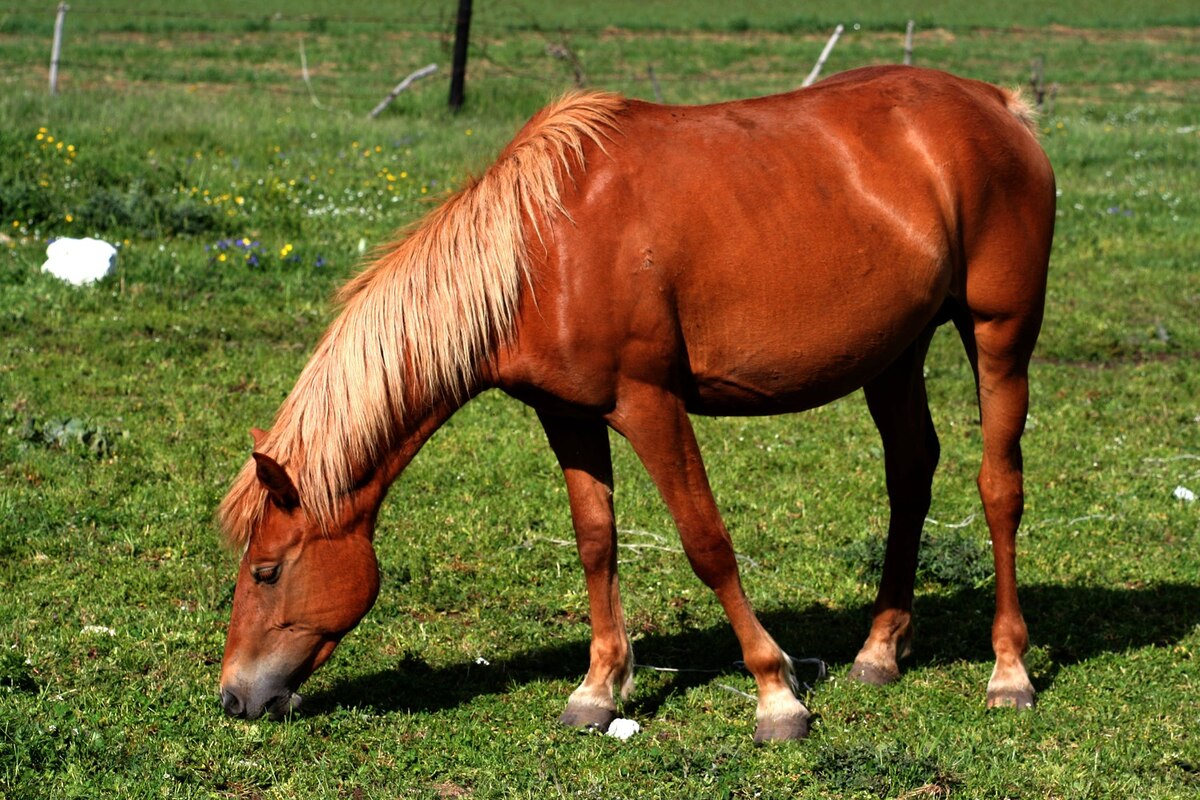

Landscaping Ideas
What Causes Grass Tetany
Modified: September 2, 2024
Discover the causes of grass tetany and how to prevent it with effective landscaping ideas. Learn how to maintain a healthy lawn and prevent grass tetany.
(Many of the links in this article redirect to a specific reviewed product. Your purchase of these products through affiliate links helps to generate commission for Storables.com, at no extra cost. Learn more)
Introduction
Grass tetany, also known as grass staggers or hypomagnesemia, is a serious and potentially fatal metabolic disorder that affects grazing livestock, particularly cattle and sheep. This condition arises from a deficiency of magnesium in the animal's bloodstream, leading to a range of neurological symptoms and, if left untreated, can result in death. Understanding the causes and contributing factors of grass tetany is crucial for livestock owners and farmers to prevent and manage this condition effectively.
Grass tetany is a significant concern for livestock in regions where animals primarily graze on lush, rapidly growing pastures, especially during the spring and fall seasons. The imbalance of essential minerals, particularly magnesium, plays a pivotal role in the onset of this condition. Additionally, environmental factors such as soil composition, weather patterns, and forage quality also contribute to the risk of grass tetany in grazing animals.
In this article, we will delve into the intricate details of grass tetany, exploring the various factors that contribute to its occurrence. By gaining a comprehensive understanding of the underlying causes, livestock owners can implement proactive measures to mitigate the risk of grass tetany and safeguard the health and well-being of their animals. Let's embark on a journey to unravel the complexities of grass tetany and equip ourselves with the knowledge needed to protect grazing livestock from this debilitating condition.
Key Takeaways:
- Grass tetany, also known as grass staggers, is a serious condition in grazing livestock caused by magnesium deficiency. Lush, rapidly growing pastures and environmental factors contribute to its occurrence.
- Nutritional imbalance, mineral deficiency, and environmental factors like adverse weather and soil composition contribute to grass tetany. Livestock owners can mitigate the risk through proactive management and targeted interventions.
Read more: How To Treat Grass Tetany
Understanding Grass Tetany
Grass tetany, also known as grass staggers or hypomagnesemia, is a metabolic disorder that primarily affects grazing livestock, particularly cattle and sheep. This condition arises from a deficiency of magnesium in the animal's bloodstream, leading to a range of neurological symptoms and, if left untreated, can result in death. The term "tetany" refers to a state of continuous muscle contractions, which is a hallmark symptom of this condition.
The onset of grass tetany is often associated with the consumption of lush, rapidly growing forage, particularly in early spring and late fall when grasses are high in moisture and low in essential minerals. This imbalance in the animal's diet can lead to a disruption in the absorption of magnesium, ultimately causing a deficiency in the bloodstream. Magnesium is a crucial mineral that plays a vital role in nerve function and muscle activity. When levels of magnesium drop below the required threshold, it can trigger a cascade of neurological symptoms in affected animals.
The symptoms of grass tetany can manifest rapidly and include muscle tremors, staggering gait, hypersensitivity to sound and touch, and in severe cases, convulsions and coma. It is essential for livestock owners to recognize these signs promptly and seek veterinary intervention to address the magnesium deficiency and alleviate the associated neurological distress.
Understanding the dynamics of grass tetany involves recognizing the interplay of dietary factors, mineral imbalances, and environmental influences that contribute to the development of this condition. By gaining insight into the underlying mechanisms of grass tetany, livestock owners can implement proactive measures to mitigate the risk and protect their animals from this debilitating disorder.
In the subsequent sections, we will delve deeper into the specific factors that contribute to the occurrence of grass tetany, shedding light on nutritional imbalances, mineral deficiencies, and environmental influences that play a pivotal role in the manifestation of this condition. Through this exploration, we aim to equip livestock owners with the knowledge needed to safeguard the health and well-being of grazing animals and minimize the impact of grass tetany on livestock operations.
Factors Contributing to Grass Tetany
Grass tetany is influenced by a multitude of factors, encompassing both dietary and environmental elements that collectively contribute to the development of this debilitating condition in grazing livestock. Understanding these factors is pivotal in implementing effective preventive measures and mitigating the risk of grass tetany.
Nutritional Imbalance
The nutritional composition of forage plays a critical role in the occurrence of grass tetany. Lush, rapidly growing pastures, particularly those rich in nitrogen and potassium, can create an imbalance in the mineral content of the forage. This imbalance, often characterized by low magnesium and high potassium levels, hinders the absorption of magnesium in the animal's digestive system, leading to a deficiency in the bloodstream. As a result, the neurological function of the affected animals is compromised, culminating in the manifestation of grass tetany symptoms.
Mineral Deficiency
Magnesium deficiency stands as a primary instigator of grass tetany. Magnesium is an essential mineral that regulates nerve function and muscle activity in livestock. When grazing animals consume forage with inadequate magnesium levels, their physiological magnesium reserves become depleted, rendering them susceptible to the onset of grass tetany. Moreover, factors such as low soil magnesium content and acidic soil conditions can further exacerbate the deficiency, amplifying the risk of grass tetany in grazing livestock.
Read more: What Causes Pink Grass
Environmental Factors
Environmental influences, including weather patterns, soil composition, and forage quality, significantly impact the prevalence of grass tetany. Adverse weather conditions, such as rapid fluctuations in temperature and excessive rainfall, can exacerbate the imbalance of essential minerals in the forage, intensifying the risk of grass tetany in grazing animals. Additionally, acidic soils and high levels of competing minerals, such as potassium and calcium, can impede the absorption of magnesium, perpetuating the predisposition to grass tetany in livestock.
By comprehensively examining the nutritional imbalance, mineral deficiency, and environmental factors that contribute to the occurrence of grass tetany, livestock owners can proactively address these underlying influences. Implementing targeted strategies, such as dietary supplementation, soil amendment, and pasture management, can effectively mitigate the risk of grass tetany and safeguard the well-being of grazing animals.
Through a holistic understanding of these contributing factors, livestock owners can fortify their approach to grass tetany prevention, fostering a healthier and more resilient grazing environment for their animals.
Nutritional Imbalance
The nutritional composition of forage plays a pivotal role in the occurrence of grass tetany in grazing livestock. Lush, rapidly growing pastures, particularly those rich in nitrogen and potassium, can create an imbalance in the mineral content of the forage, thereby contributing to the onset of grass tetany. This imbalance is often characterized by low magnesium and high potassium levels, which hinder the absorption of magnesium in the animal's digestive system, leading to a deficiency in the bloodstream.
The lush, succulent nature of rapidly growing forage, especially during the spring and fall seasons, entices grazing animals; however, the allure of such forage comes with inherent risks. The high moisture content and rapid growth of these pastures often result in a dilution of essential minerals, including magnesium. As a consequence, the animals consuming this forage may not obtain adequate levels of magnesium, thereby disrupting the delicate balance of essential nutrients in their diet.
The imbalance in mineral content, particularly the low magnesium and high potassium levels, poses a significant challenge to the grazing animals' physiological well-being. Magnesium is crucial for nerve function and muscle activity, and its deficiency can lead to a range of neurological symptoms associated with grass tetany. The hindrance in magnesium absorption due to the high potassium levels in the forage exacerbates the risk of grass tetany, as the animals' magnesium reserves become depleted, rendering them susceptible to the onset of this debilitating condition.
Livestock owners must be vigilant in monitoring the nutritional composition of the forage consumed by grazing animals, especially during periods of rapid pasture growth. By recognizing the potential for nutritional imbalance and its implications for magnesium absorption, proactive measures can be implemented to mitigate the risk of grass tetany. Strategies such as targeted dietary supplementation with magnesium-rich feed or mineral mixes can help offset the imbalance and ensure that grazing animals receive adequate magnesium to support their neurological and muscular function.
Furthermore, pasture management practices, including rotational grazing and selective forage supplementation, can aid in moderating the animals' intake of forage with imbalanced mineral content. By addressing the nutritional imbalance through informed management practices and targeted dietary interventions, livestock owners can significantly reduce the risk of grass tetany and promote the overall well-being of their grazing animals.
In essence, the nutritional imbalance in forage, characterized by low magnesium and high potassium levels, poses a substantial risk for the development of grass tetany in grazing livestock. By acknowledging this imbalance and implementing proactive measures to address it, livestock owners can effectively mitigate the risk of grass tetany and foster a healthier grazing environment for their animals.
Mineral Deficiency
Mineral deficiency, particularly in relation to magnesium, stands as a primary instigator of grass tetany in grazing livestock. Magnesium is an essential mineral that plays a pivotal role in regulating nerve function and muscle activity in animals. When grazing animals consume forage with inadequate magnesium levels, their physiological magnesium reserves become depleted, rendering them susceptible to the onset of grass tetany.
The deficiency of magnesium in the animal's diet disrupts the delicate balance of essential minerals, leading to a range of neurological symptoms associated with grass tetany. As the animals' magnesium reserves are depleted, their susceptibility to the condition increases, heightening the risk of experiencing the debilitating effects of grass tetany.
Moreover, factors such as low soil magnesium content and acidic soil conditions can further exacerbate the deficiency, amplifying the risk of grass tetany in grazing livestock. The inadequate availability of magnesium in the soil directly impacts the mineral content of the forage, influencing the animals' dietary intake and, consequently, their magnesium levels.
Livestock owners must prioritize the assessment of magnesium levels in both the forage and the animals' diet to preemptively address potential deficiencies. Implementing targeted strategies, such as dietary supplementation with magnesium-rich feed or mineral mixes, can effectively bolster the animals' magnesium intake, mitigating the risk of grass tetany.
Furthermore, soil amendment practices, including the application of magnesium-based fertilizers or lime to neutralize acidic soil conditions, can contribute to enhancing the availability of magnesium in the forage. By addressing the root causes of mineral deficiency in the soil, livestock owners can fortify the nutritional quality of the forage, thereby reducing the susceptibility of grazing animals to grass tetany.
In essence, the proactive management of mineral deficiency, particularly magnesium, is integral to mitigating the risk of grass tetany in grazing livestock. By recognizing the significance of magnesium in the animals' diet and implementing targeted interventions to address potential deficiencies, livestock owners can foster a healthier grazing environment and safeguard their animals from the debilitating effects of grass tetany.
Ensure your livestock has access to a balanced diet with adequate magnesium levels to prevent grass tetany. Consider supplementing with mineral mixes or providing magnesium-rich forage.
Environmental Factors
Environmental influences play a pivotal role in shaping the risk landscape for grass tetany in grazing livestock. Adverse weather conditions, soil composition, and forage quality collectively contribute to the prevalence of this debilitating condition, necessitating a comprehensive understanding of these environmental factors to effectively mitigate the associated risks.
Adverse weather conditions, such as rapid fluctuations in temperature and excessive rainfall, can significantly impact the mineral composition of forage, thereby intensifying the risk of grass tetany in grazing animals. Sudden temperature shifts, particularly during the spring and fall seasons, can disrupt the metabolic processes of forage plants, leading to imbalances in essential minerals, including magnesium. Additionally, excessive rainfall can leach essential minerals from the soil, further exacerbating the nutritional imbalance in the forage consumed by grazing animals. By recognizing the influence of adverse weather patterns, livestock owners can implement proactive measures to mitigate the impact of these environmental dynamics, thereby reducing the susceptibility of their animals to grass tetany.
Soil composition stands as a critical determinant of forage quality and, consequently, the nutritional content available to grazing animals. Acidic soils, characterized by low pH levels, can impede the availability of essential minerals, including magnesium, in the forage. This limitation in mineral accessibility poses a significant risk for grazing animals, as it hinders their ability to obtain adequate levels of magnesium, thereby increasing their susceptibility to grass tetany. Livestock owners can address this environmental influence by implementing soil amendment practices, such as the application of lime to neutralize acidic soil conditions and enhance the availability of essential minerals in the forage. By fortifying the nutritional quality of the forage through targeted soil management strategies, the risk of grass tetany can be effectively mitigated.
Furthermore, forage quality, influenced by factors such as plant species composition and maturity, plays a pivotal role in shaping the nutritional landscape for grazing animals. Certain forage species, particularly those high in potassium and low in magnesium, pose an elevated risk of inducing grass tetany in livestock. Livestock owners can mitigate this risk by implementing selective forage supplementation and rotational grazing practices, thereby moderating the animals' intake of forage with imbalanced mineral content. By actively managing forage quality and composition, livestock owners can proactively reduce the risk of grass tetany and foster a healthier grazing environment for their animals.
In essence, environmental factors, encompassing adverse weather conditions, soil composition, and forage quality, significantly influence the risk of grass tetany in grazing livestock. By comprehensively understanding and addressing these environmental dynamics, livestock owners can effectively mitigate the risk of grass tetany and promote the overall well-being of their animals.
Read more: What Causes Rust In Grass
Conclusion
In conclusion, the multifaceted nature of grass tetany underscores the intricate interplay of nutritional imbalance, mineral deficiency, and environmental influences in shaping the risk landscape for grazing livestock. The occurrence of grass tetany represents a complex convergence of factors, each contributing to the susceptibility of animals to this debilitating condition. By delving into the underlying causes and contributing factors of grass tetany, livestock owners can equip themselves with the knowledge needed to implement proactive measures and safeguard the well-being of their animals.
The nutritional imbalance in forage, characterized by low magnesium and high potassium levels, poses a substantial risk for the development of grass tetany in grazing livestock. Lush, rapidly growing pastures, particularly those rich in nitrogen and potassium, create an imbalance in the mineral content of the forage, hindering the absorption of magnesium and predisposing animals to the onset of grass tetany. Livestock owners must remain vigilant in monitoring the nutritional composition of the forage and implement targeted strategies to mitigate the risk posed by this imbalance.
Mineral deficiency, particularly in relation to magnesium, stands as a primary instigator of grass tetany in grazing livestock. The inadequate availability of magnesium in the soil directly impacts the mineral content of the forage, influencing the animals' dietary intake and, consequently, their magnesium levels. Proactive management of mineral deficiency, including targeted dietary supplementation and soil amendment practices, is integral to mitigating the risk of grass tetany and fostering a healthier grazing environment for animals.
Environmental factors, encompassing adverse weather conditions, soil composition, and forage quality, significantly influence the risk of grass tetany in grazing livestock. Livestock owners must recognize the influence of adverse weather patterns and soil composition, implementing proactive measures to mitigate the impact of these environmental dynamics and reduce the susceptibility of their animals to grass tetany.
By comprehensively understanding and addressing the underlying causes and contributing factors of grass tetany, livestock owners can fortify their approach to prevention, fostering a healthier and more resilient grazing environment for their animals. Through informed management practices, targeted interventions, and a proactive stance toward mitigating the risk factors, the impact of grass tetany can be minimized, ensuring the well-being and vitality of grazing livestock.
Frequently Asked Questions about What Causes Grass Tetany
Was this page helpful?
At Storables.com, we guarantee accurate and reliable information. Our content, validated by Expert Board Contributors, is crafted following stringent Editorial Policies. We're committed to providing you with well-researched, expert-backed insights for all your informational needs.
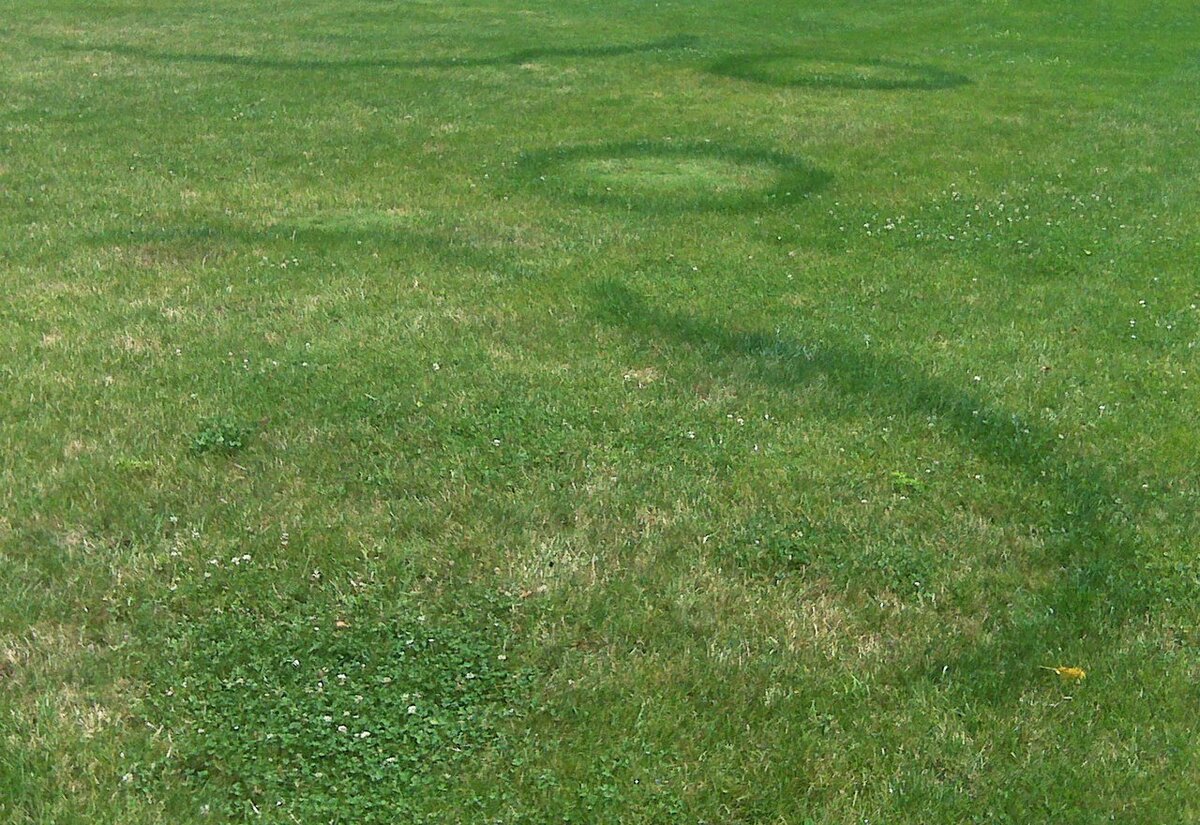
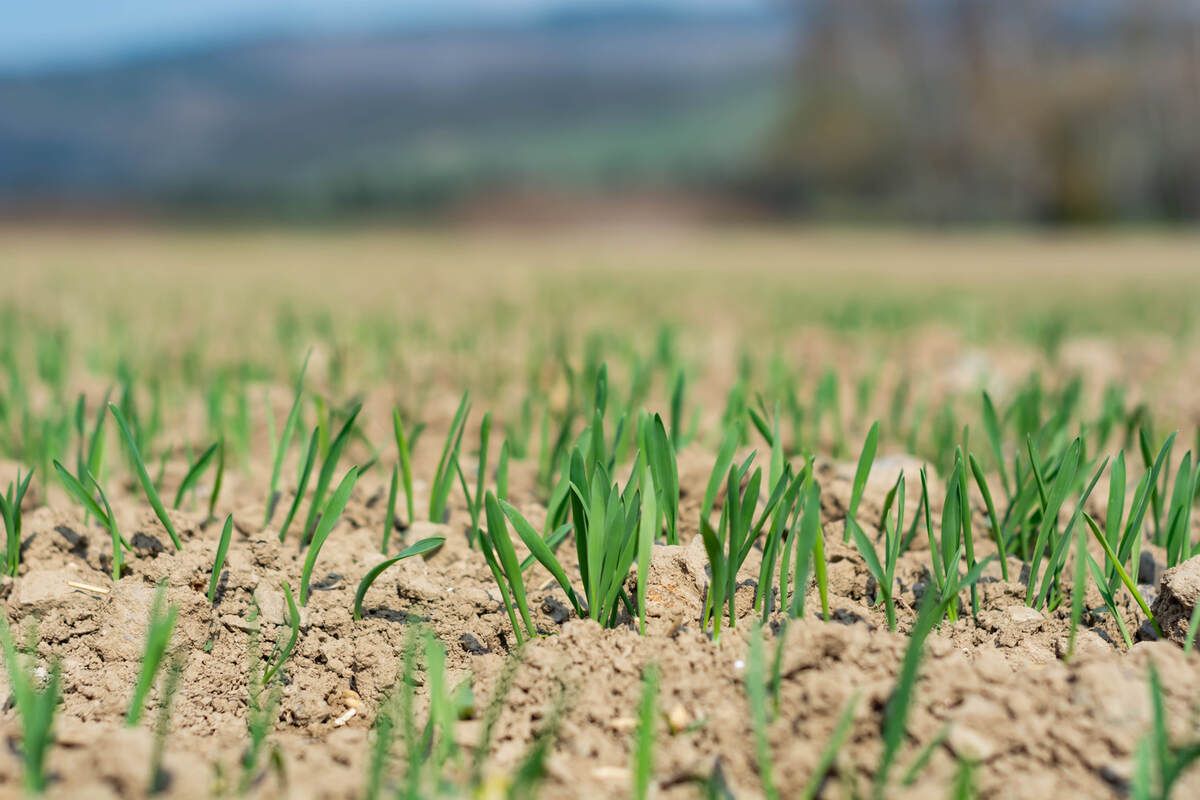
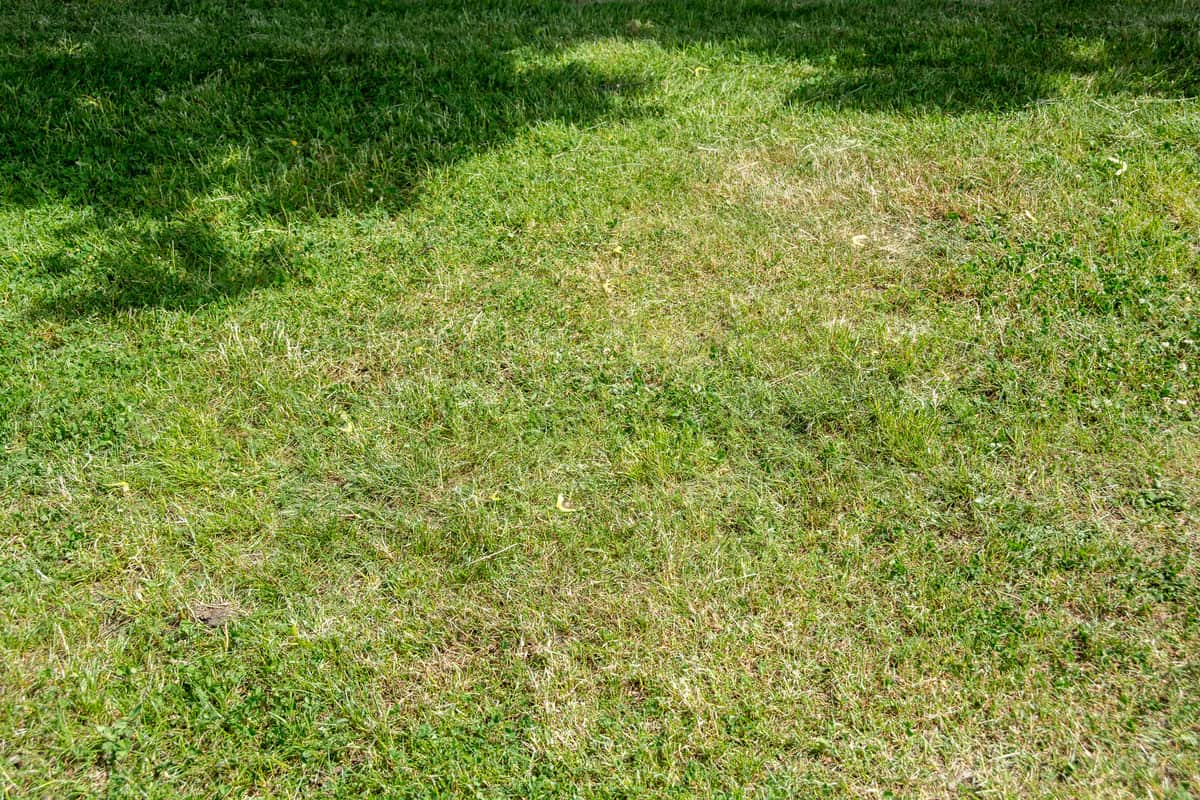
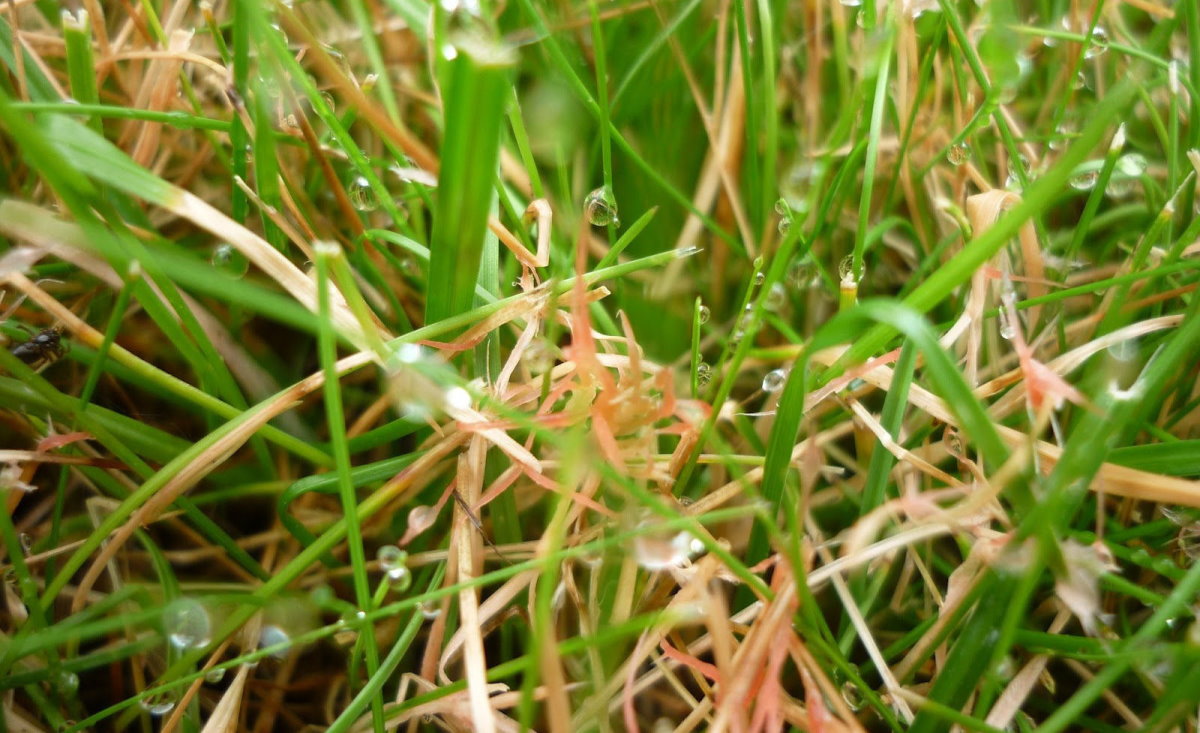
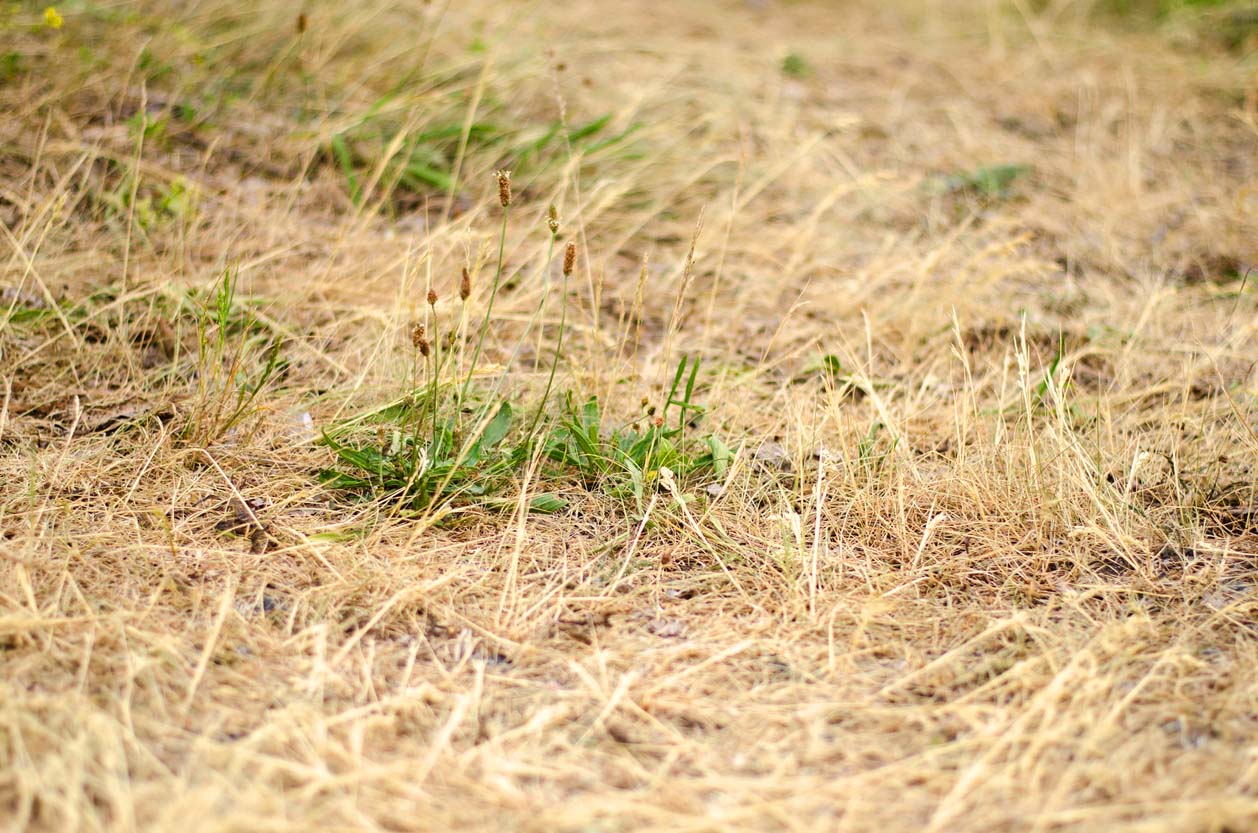
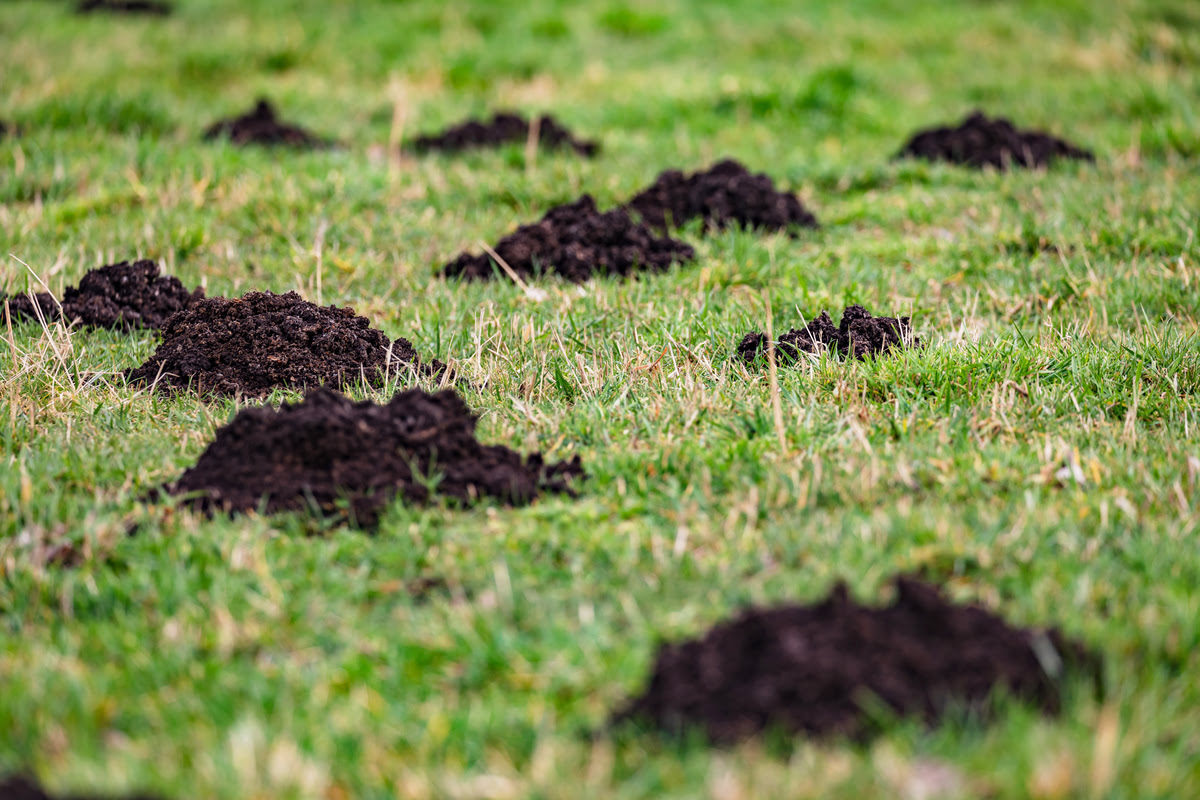
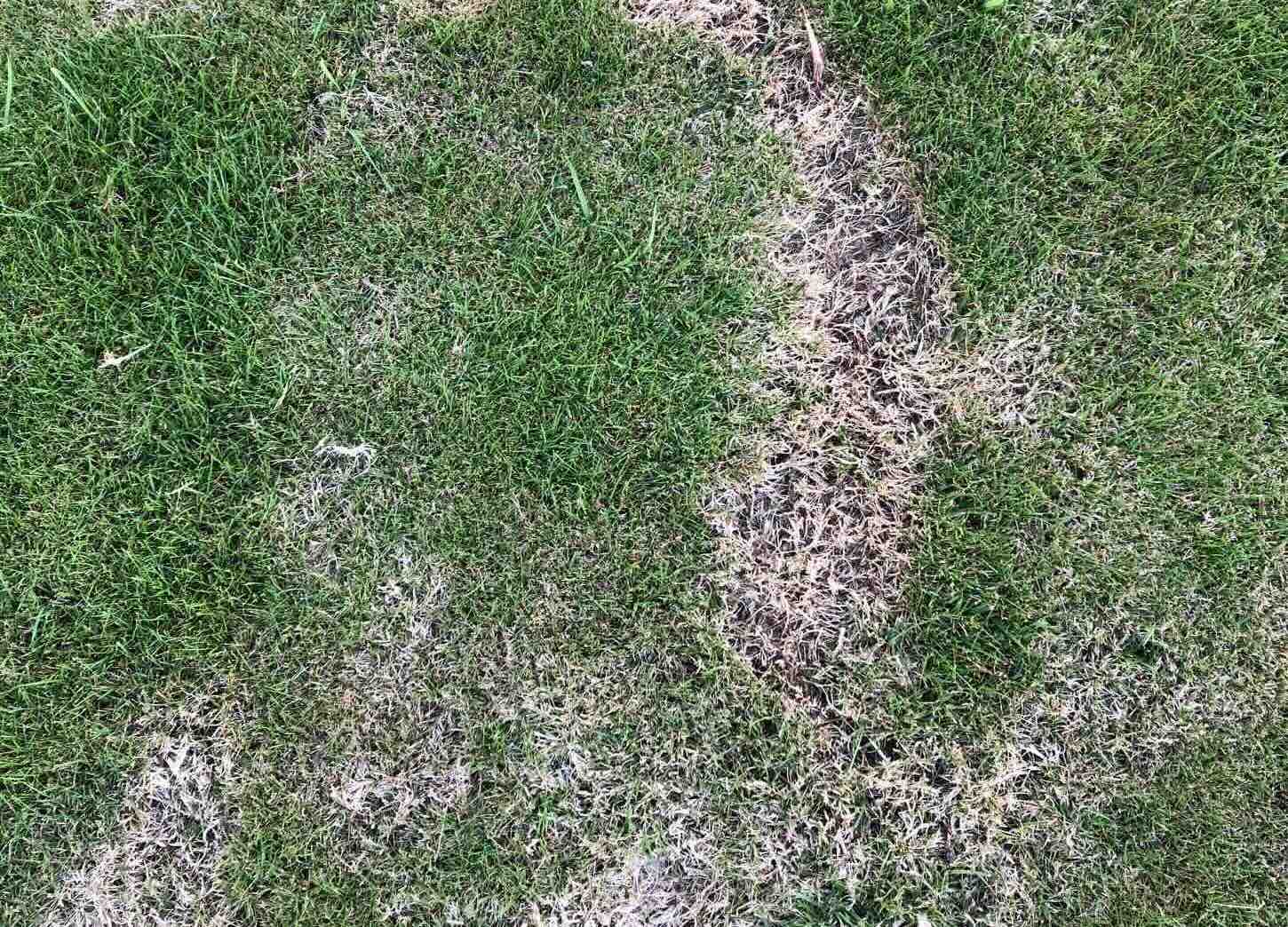
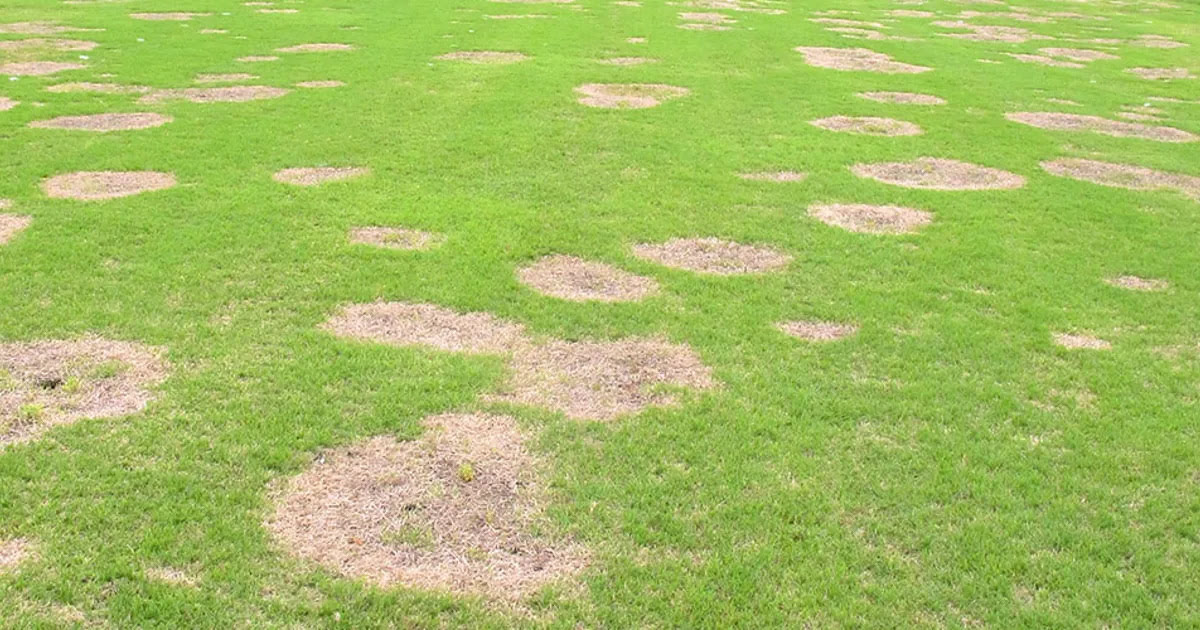
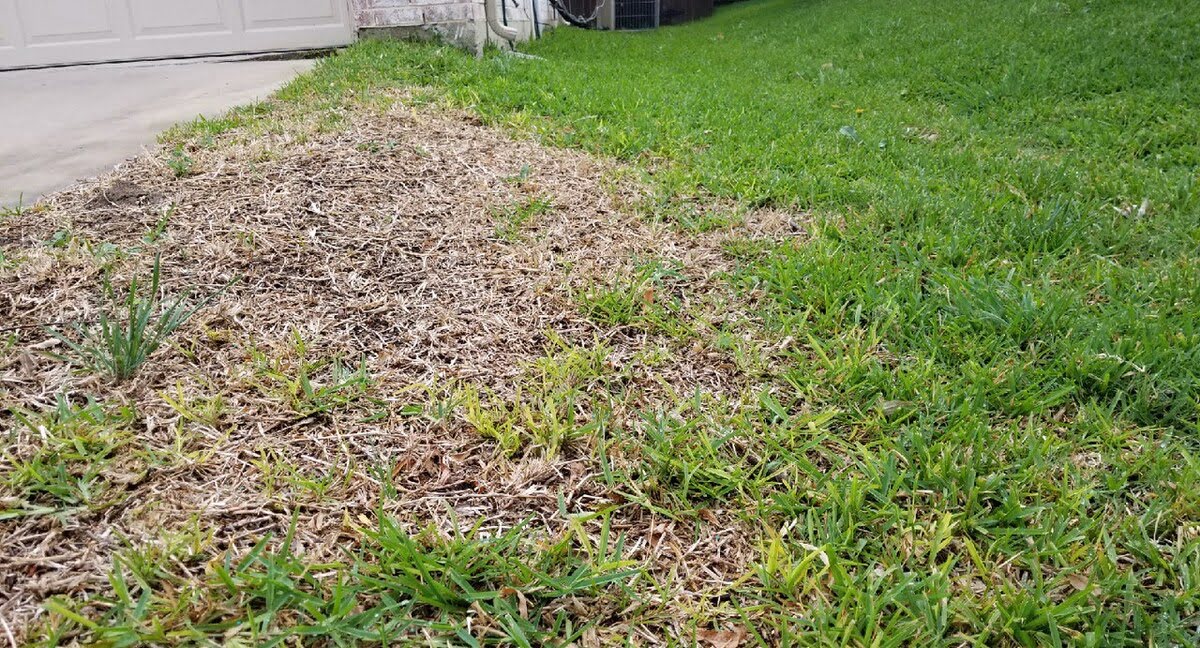
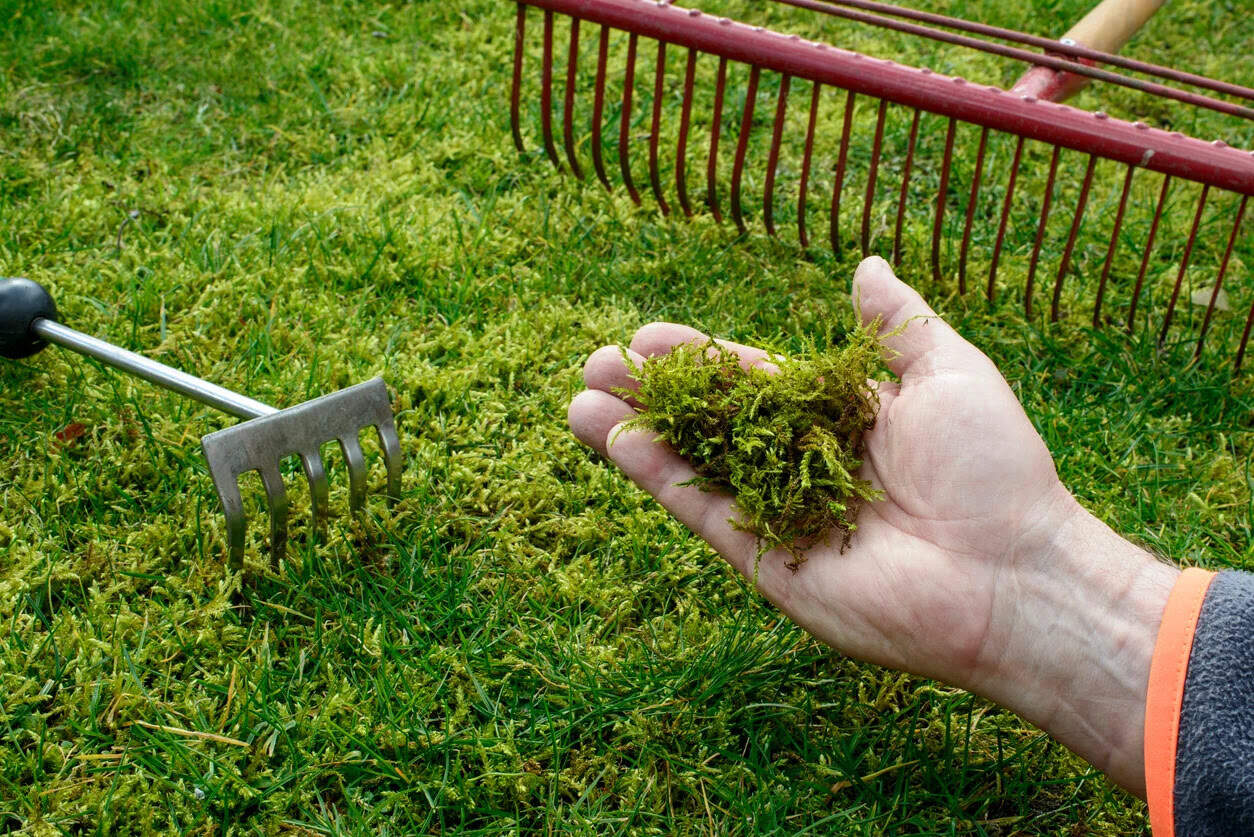




0 thoughts on “What Causes Grass Tetany”